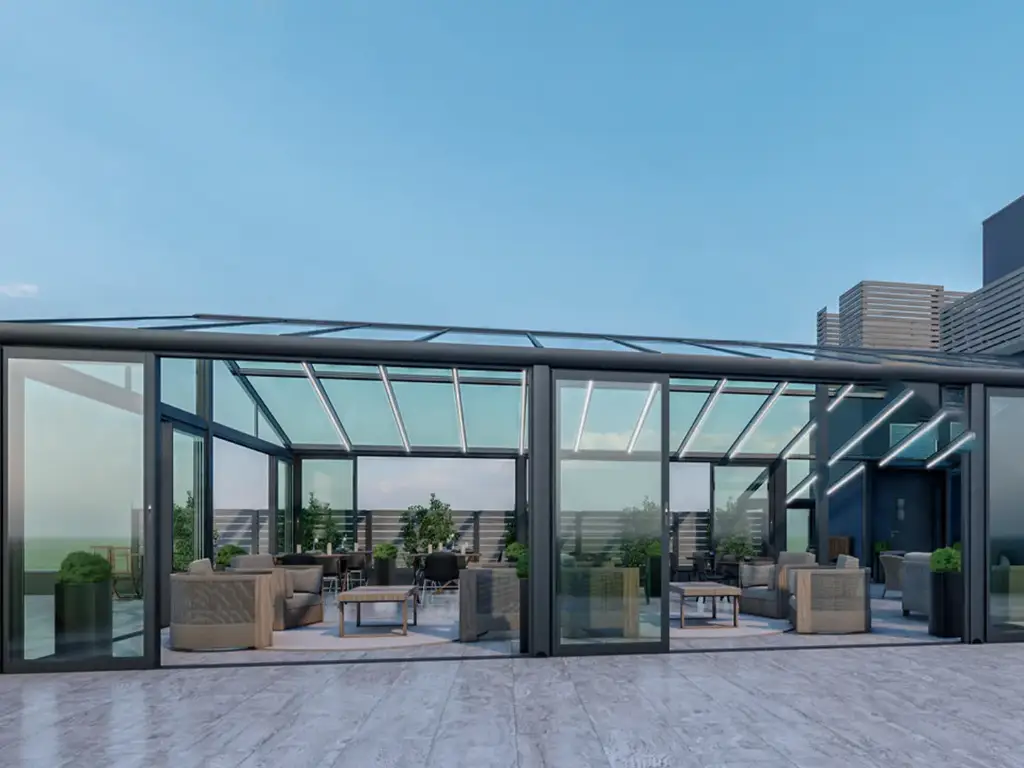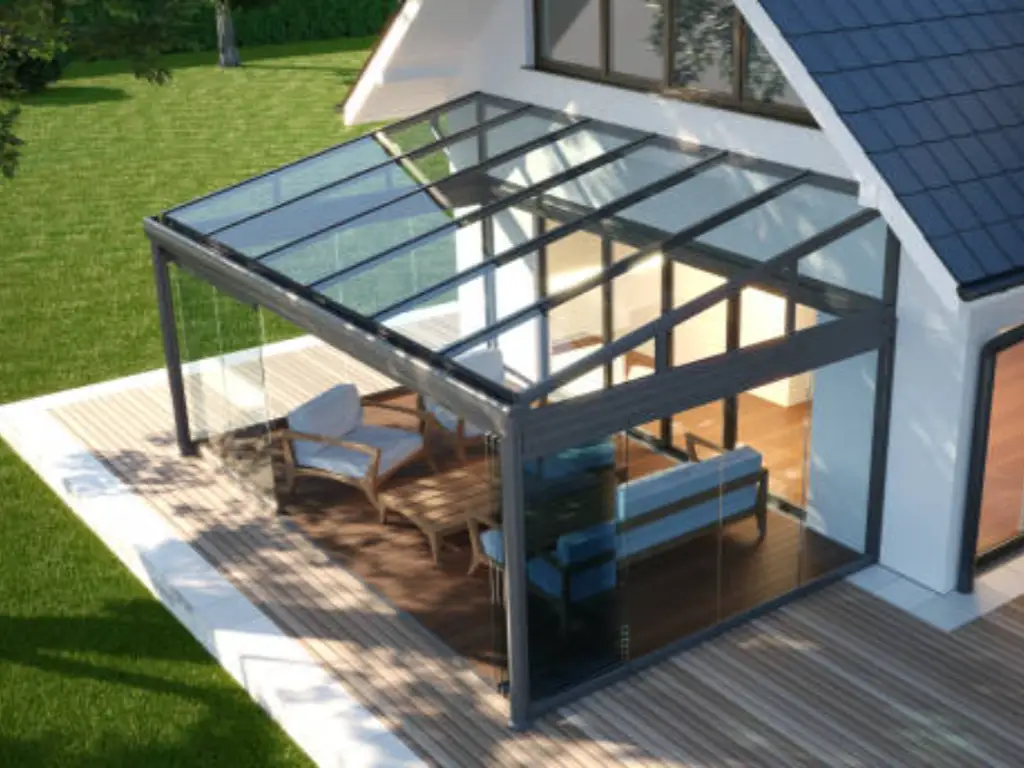Choosing the right windows for a home or commercial space is a bigger deal than many might think. It’s not just about letting in light or keeping the weather out; windows impact aesthetics, الوظيفة, كفاءة الطاقة, and even the overall feel of a room. For our valued business partners, شركاء المبيعات, and end-users, understanding the nuances between different window types is key to making informed decisions and recommendations.
Today, we’re diving deep into a common but crucial comparison: horizontal sliding windows versus vertical sliding windows. Which one is right for your project or your customer’s dream home? Let’s slide into the details!
What is a Horizontal Sliding Window?
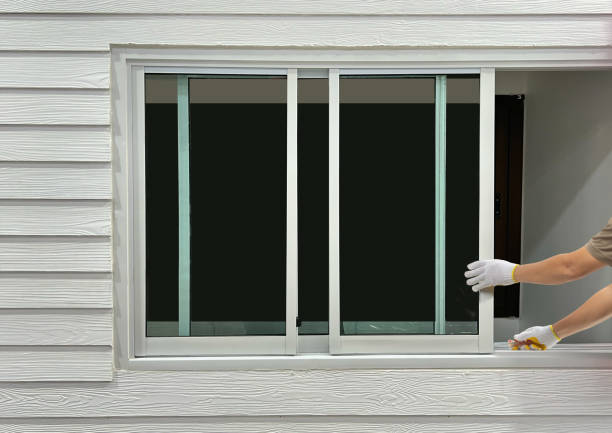
Let’s start with a familiar face in the window world. What is a horizontal sliding window? Often simply called “sliders,” these windows do exactly what their name suggests: they open by sliding horizontally along a track. Typically, they consist of one or more sashes (the part of the window that holds the glass and moves) that glide left or right within a single frame. Many models allow both sashes to operate, meaning you can open either side or even both simultaneously for a fantastic breeze.
Horizontal sliders are a popular choice, often seen as the go-to for a clean, contemporary look. They are incredibly versatile and can be found in various settings, from kitchens and bathrooms to expansive living room picture windows.
Key Characteristics of Horizontal Sliders:
- Sleek, Modern Appeal: Their clean lines and wide-open views lend themselves well to modern and contemporary architectural styles.
- Expansive Views: Because they can be made quite wide, sliders are excellent for maximizing natural light and offering panoramic vistas.
- Ease of Operation: Generally, they are very easy to open and close with a simple push. This makes them ideal for hard-to-reach places, like over a kitchen sink or countertop.
Pros of Horizontal Sliding Windows:
- Excellent Ventilation: The ability to open large sections, often from either side, allows for significant airflow.
- Space Efficiency: Since they don’t open outward or inward, they don’t take up any extra interior or exterior space, making them perfect for areas near walkways, الباحات, or decks.
- Fewer Moving Parts: Compared to some other window types like casement windows (which use cranks), sliders have a simpler mechanism, which can mean fewer mechanical issues over time.
- Cost-Effective (Often): Due to their simpler design, horizontal sliders can sometimes be a more budget-friendly option compared to more complex window styles.
Potential Cons of Horizontal Sliding Windows:
- Track Cleaning: The horizontal tracks can accumulate dirt, dust, and debris, which might make the window harder to slide over time if not cleaned regularly. This upkeep is also important for maintaining energy efficiency.
- Seal Tightness: While modern sliders offer good performance, they might not seal as tightly as hinged windows (like casement windows) because of the sliding mechanism. This could be a factor in extreme climates if energy efficiency is the absolute top priority.
- Cleaning the Exterior: Cleaning the outside of a fixed sash on a slider can sometimes be challenging, especially on upper floors, unless the model has removable or tilt-in sashes.
What is a Vertical Window?
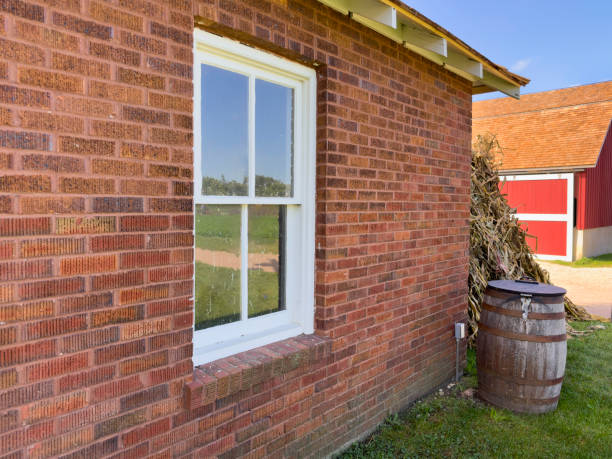
Now, let’s look upwards! When we talk about what is a vertical window in the context of sliders, we’re generally referring to windows that open by moving a sash up and down. These are most commonly known as single-hung or double-hung windows.
- Single-Hung Windows: In a single-hung window, the top sash is fixed (doesn’t move), and the bottom sash slides up to open and down to close.
- Double-Hung Windows: These are the more versatile cousins. In a double-hung window, both the top and bottom sashes can move up and down independently. Often, these sashes also tilt inwards for easy cleaning.
Vertical sliding windows have a classic, timeless appeal and are a staple in many traditional architectural styles, though they can also complement modern designs.
How Do Vertical Sliding Windows Work?
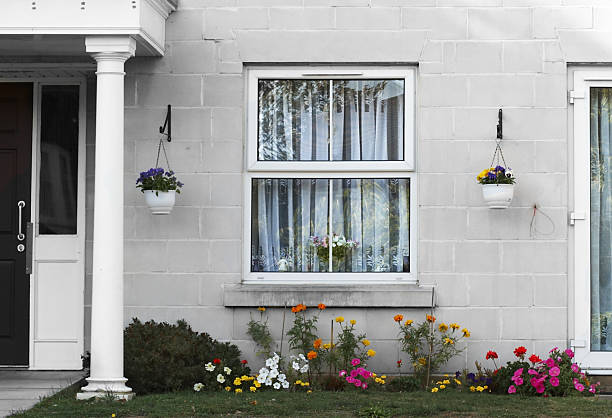
Understanding how do vertical sliding windows work reveals some clever engineering designed for smooth and easy operation. Unlike horizontal sliders that glide on a track, vertical sliders need a system to counteract gravity and make lifting the sashes manageable.
This is primarily achieved through balance systems. These are mechanisms hidden within the window frame (the jambs) that help offset the weight of the sash. Common types include:
- Spring Balances: These use tension springs that stretch or compress as the sash moves, making it feel lighter and stay in place when opened.
- Spiral Balances: A more compact design using a spiral-shaped rod and a spring, also providing lift assistance.
- Weight and Pulley Systems (Traditional): Found in older, historic homes, these use actual weights hidden in pockets in the wall, connected to the sashes by ropes or chains running over pulleys. As the sash moves, the counterweight moves in the opposite direction.
The sashes themselves slide within tracks or jamb liners on the sides of the window frame. Double-hung windows also feature meeting rails (where the two sashes meet in the middle when closed) and often sash locks to secure them. The ability for sashes to tilt in on many double-hung models is a significant feature, achieved through specialized latches or releases.
Pros of Vertical Sliding Windows:
- Classic Aesthetic: They are perfect for traditional, colonial, Victorian, or farmhouse-style homes, adding to their historic charm.
- Versatile Ventilation (Double-Hung): Double-hung windows offer excellent airflow control. You can open the top sash to let warm air escape while opening the bottom sash to draw in cooler air, creating natural convection.
- Easy Cleaning (Double-Hung with Tilt-In): The tilt-in feature on many double-hung windows is a game-changer for cleaning, allowing you to easily wash both sides of the glass from inside your home.
- Space Saving: Like horizontal sliders, they don’t protrude outwards, making them suitable for areas near walkways or landscaping.
- Good for Taller, Narrower Openings: They are often a better fit for openings that are taller than they are wide.
Potential Cons of Vertical Sliding Windows:
- Cost (Double-Hung): Double-hung windows, with their more complex mechanisms and two operable sashes, can sometimes be more expensive than single-hung or basic horizontal sliders. Single-hung windows, however, are often very cost-effective, sometimes even more so than horizontal sliders due to fewer moving parts.
- Maintenance of Balance Systems: While modern balance systems are durable, they can potentially wear out over many years and might require adjustment or replacement.
- تنظيف (Single-Hung Upper Floors): Cleaning the exterior of the fixed top sash on a single-hung window can be difficult on upper stories.
Head-to-Head: The Showdown!
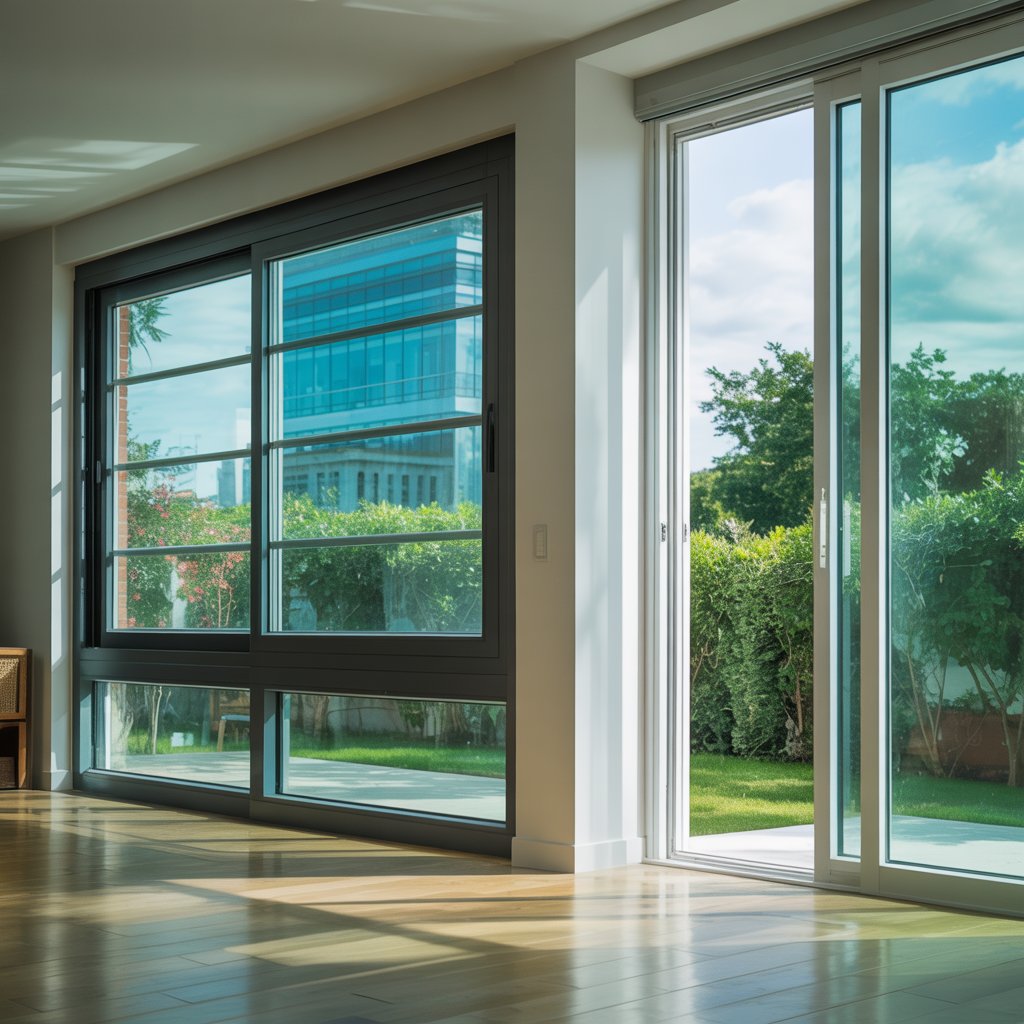
Let’s put these two contenders side-by-side across key categories:
1. جماليات & Architectural Style:
- Horizontal Sliders: Shine in modern, contemporary homes, offering wide, unobstructed views.
- Vertical Sliders: The classic choice for traditional, historic, or farmhouse styles, emphasizing height and classic proportions.
2. Operation & Ease of Use:
- Horizontal Sliders: Generally very easy to slide open and shut, especially good for those with limited strength or for windows in hard-to-reach spots.
- Vertical Sliders: Modern balance systems make them easy to lift, but very large or heavy sashes might still require some effort. The tilt-in function on double-hung windows is a major ease-of-use plus for cleaning.
3. Ventilation Capabilities:
- Horizontal Sliders: Offer large openings, often up to 50% of the window area, great for cross-ventilation if both sashes operate.
- Vertical Sliders (Double-Hung): Provide more nuanced airflow control. Opening both top and bottom sashes can create a chimney effect, pulling cool air in from below and pushing warm air out above. Single-hung windows offer ventilation only from the bottom.
4. Space Efficiency & Placement:
- Both: Are excellent space savers as they don’t project outwards.
- Horizontal Sliders: Ideal for wider openings and areas where horizontal expanse is desired, like over kitchen counters or for creating a “wall of windows” effect.
- Vertical Sliders: Better suited for taller, narrower openings and can fit well in rooms with limited wall width.
5. Maintenance & تنظيف:
- Horizontal Sliders: Tracks need regular cleaning to prevent debris buildup. Exterior cleaning can be tricky for fixed sashes.
- Vertical Sliders: Double-hung tilt-in sashes are the easiest to clean from the inside. Balance systems are generally low-maintenance but could need attention over the very long term.
6. كفاءة الطاقة:
- Both types can be very energy-efficient, especially when specified with features like double or triple-pane glass, الطلاءات منخفضة الانبعاث, and quality frame materials (like vinyl, fiberglass, أو مركب).
- Historically, some argued that hinged windows (like casements) offer a tighter seal than sliders. However, modern high-quality sliders, both horizontal and vertical, are designed with excellent weatherstripping and interlocking meeting rails to minimize air leakage. Proper installation is also crucial for energy performance for any window type.
7. Cost Considerations:
- This can vary widely based on material, مقاس, brand, glass package, and installation.
- Generally, vinyl single-hung windows and basic vinyl horizontal sliders are among the most affordable options.
- Double-hung windows tend to be a bit more expensive than single-hung due to their added functionality.
- Premium materials like wood, fiberglass, or composite will increase the cost for any style.
Can Sliding Windows Be Installed Vertically?

This is a common query, especially if someone finds a great deal on a horizontal slider but needs a window for a vertical opening. So, can sliding windows be installed vertically?
The straightforward answer is generally no, you should not install a standard horizontal sliding window in a vertical orientation. Here’s why:
- Drainage (Weep Holes): Windows are designed with weep holes at the bottom of the frame to allow rainwater to drain out. If you turn a horizontal slider on its side, these weep holes will be in the wrong place, leading to water accumulation, leaks, and potential damage.
- Track Design & Wear: The tracks and rollers are designed for horizontal movement. Using them vertically can cause improper wear, binding, and make the window difficult to operate, or even cause the sash to fall out, as gravity isn’t working as intended with the design.
- Seals: The seals are also designed for the intended orientation. Turning the window might compromise their effectiveness.
- Spring Assist (if any): Some larger horizontal sliders might have spring assistance designed for horizontal operation. If turned vertically, these springs could cause the window to shoot open or slam shut unexpectedly.
The correct solution for an opening that requires vertical sliding operation is to use a window designed for that purpose – a single-hung or double-hung window. These are engineered with the proper balance systems, drainage, and structural integrity for safe and effective vertical movement.
Guidance for Our Partners and Users
So, how do you, our business partners, شركاء المبيعات, and end-users, navigate this choice?
For Business & شركاء المبيعات: Understanding these distinctions allows you to guide your clients effectively. Ask about their architectural style, functional needs (like ease of cleaning or specific ventilation requirements), room layout, and budget. Knowing the pros and cons helps you recommend the perfect fit, building trust and satisfaction. Stocking a variety of high-quality options in both horizontal and vertical sliders will cater to a broader range of customer preferences.
For End-Users: Consider these key questions:
- What is the architectural style of my home? (Modern = lean towards horizontal; Traditional = lean towards vertical)
- How important is ease of cleaning the exterior glass from the inside? (High importance = double-hung tilt-in)
- What kind of ventilation do I prefer? (Maximum wide opening = horizontal; Controlled top/bottom flow = double-hung)
- What is the shape of my window opening? (Wide = horizontal; Tall/narrow = vertical)
- What’s my budget? (Explore vinyl single-hung or sliders for affordability, then consider upgrades based on priorities).
The Final Slide
Ultimately, there’s no single “better” window between horizontal and vertical sliders. Both offer fantastic benefits and can beautifully enhance a space when chosen correctly. The best choice hinges on the specific requirements of the project, aesthetic desires, functional needs, and budget.
We hope this comprehensive look helps you, our partners and customers, feel more confident in selecting or recommending the ideal sliding windows. By understanding the unique characteristics of each, you’re well-equipped to make a decision that brings lasting satisfaction, أسلوب, and comfort!

